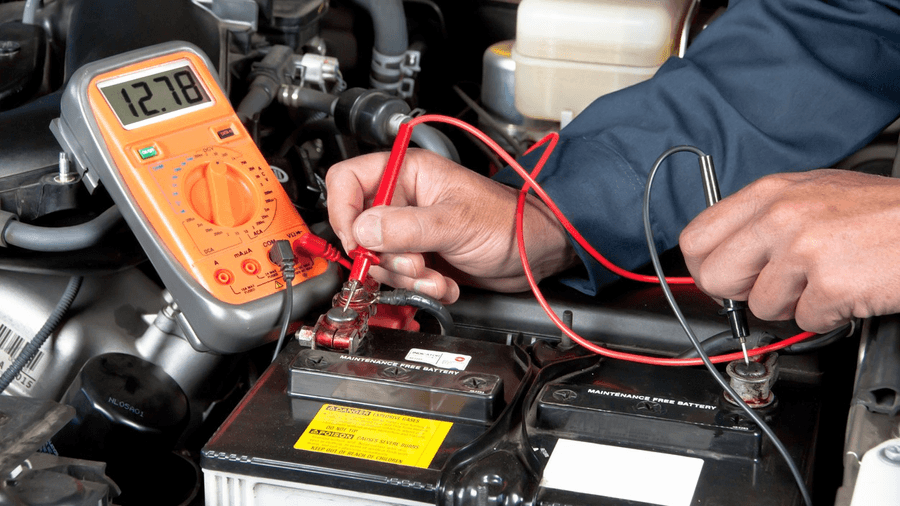Today we are debunking common car myths that you may have heard before. Check out our blog for other answers to some of the most common questions we see like “why is my car overheating?” and “why is my car making that sound?”
MYTH 1: “It’s okay to cheap out on tires”
Tires are one of the most important parts of your car. Not only do they largely determine how well your car can corner, but they also have a huge impact on how quickly your car can stop – check out our blog post on tire quality here for more on that topic.
Your tires are a complicated polymer made of several compounds specially engineered to provide grip on the road. Even the tread pattern is deliberately designed to compliment a tire’s intended operating conditions. These polymers are expensive to engineer. As a result, tires are one of those products where you really do get what you pay for. We aren’t here to promote one brand over another, but just to empower you with information to make the right decision for you.
MYTH 2: “Higher octane gas is better for your car”
The higher the octane rating of gasoline (the number you see at the pump) the greater the gasoline’s RESISTANCE to burning. Higher performance engines typically have higher temperatures inside the combustion chamber during operation. Because of this higher temperature, these engines require higher octane fuel so that it does not ignite before it is supposed to.
Running too low of an octane rating in your car is not recommended, but can be done in a pinch on a modern vehicle. Modern vehicles are usually sophisticated enough to recognize the lower octane fuel and run at reduced performance to compensate.
MYTH 3: “You need to warm up your car when it’s cold outside”
Modern engine oils have come a long way since this advice entered into the mainstream. Most modern cars using a modern engine oil only benefit from warming up for 30 seconds at most. Fun fact: the “w” in 5w-30 for example, stands for “winter,” or the viscosity of that oil at low temperatures.
MYTH 4: “Hazy headlights are just an aesthetic issue”
Hazy headlights aren’t just an eyesore, they can prove to be a real safety issue. The yellowing effect is actually a chemical change occurring to the plastic itself due to exposure to UV light. This oxidation does not allow light to pass through it as easily.
Since light cannot pass through the oxidized layer as easily, headlights lose effectiveness due to this process. A headlight restoration involves removing the oxidized layer and adding a protective layer to resist further UV damage.
Get Started with
Monday to Friday - 7:30 AM to 6 PM | Saturday - 8 AM to 4 PM
This site is protected by reCAPTCHA and the Google Privacy Policy and Terms of Service apply.


